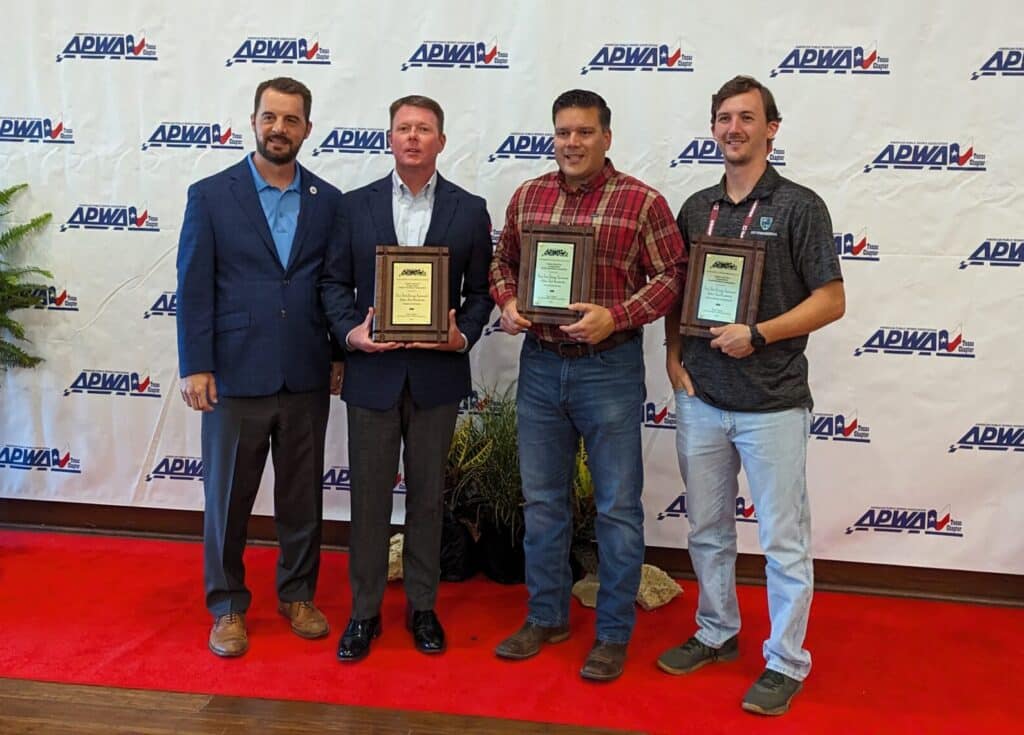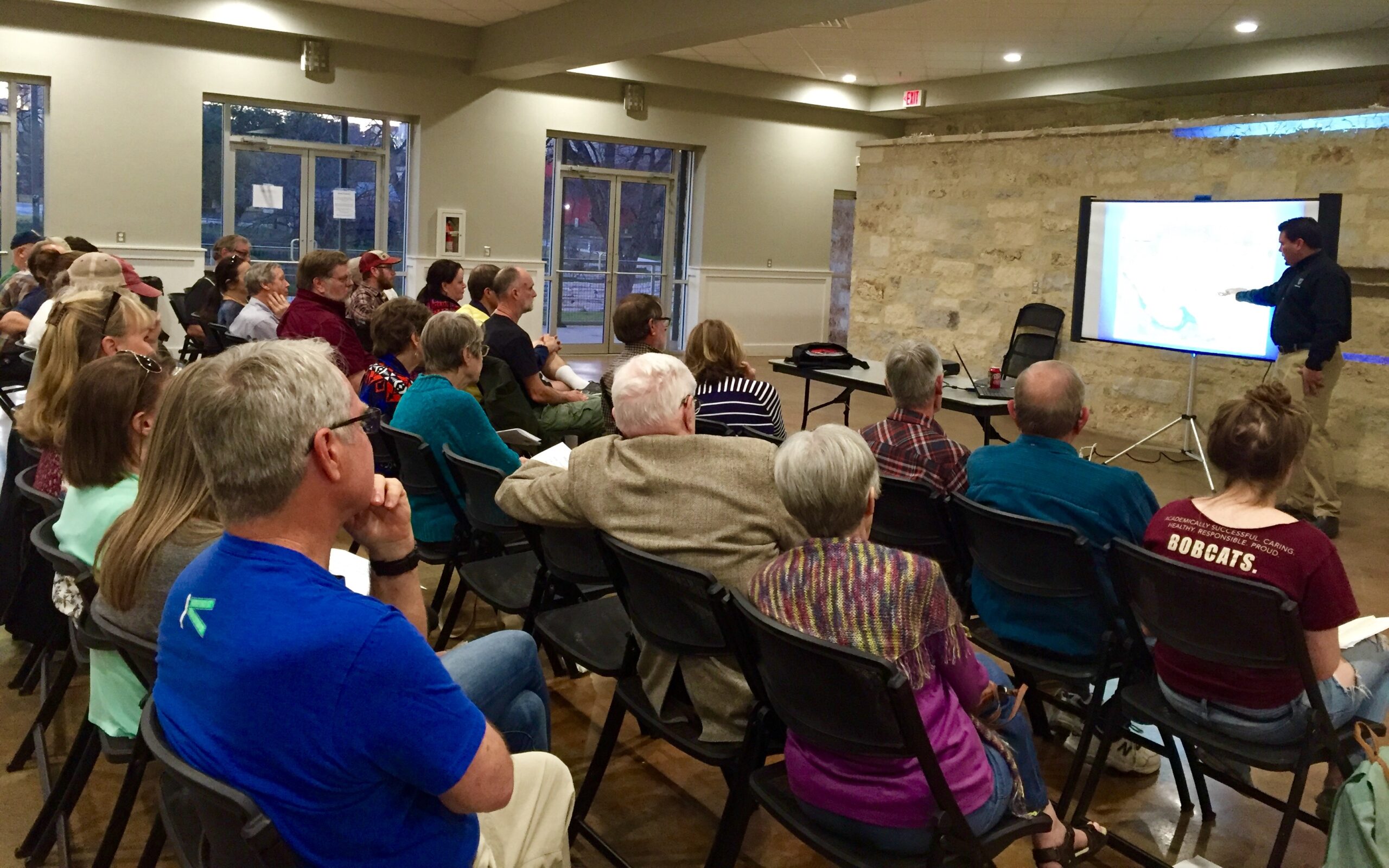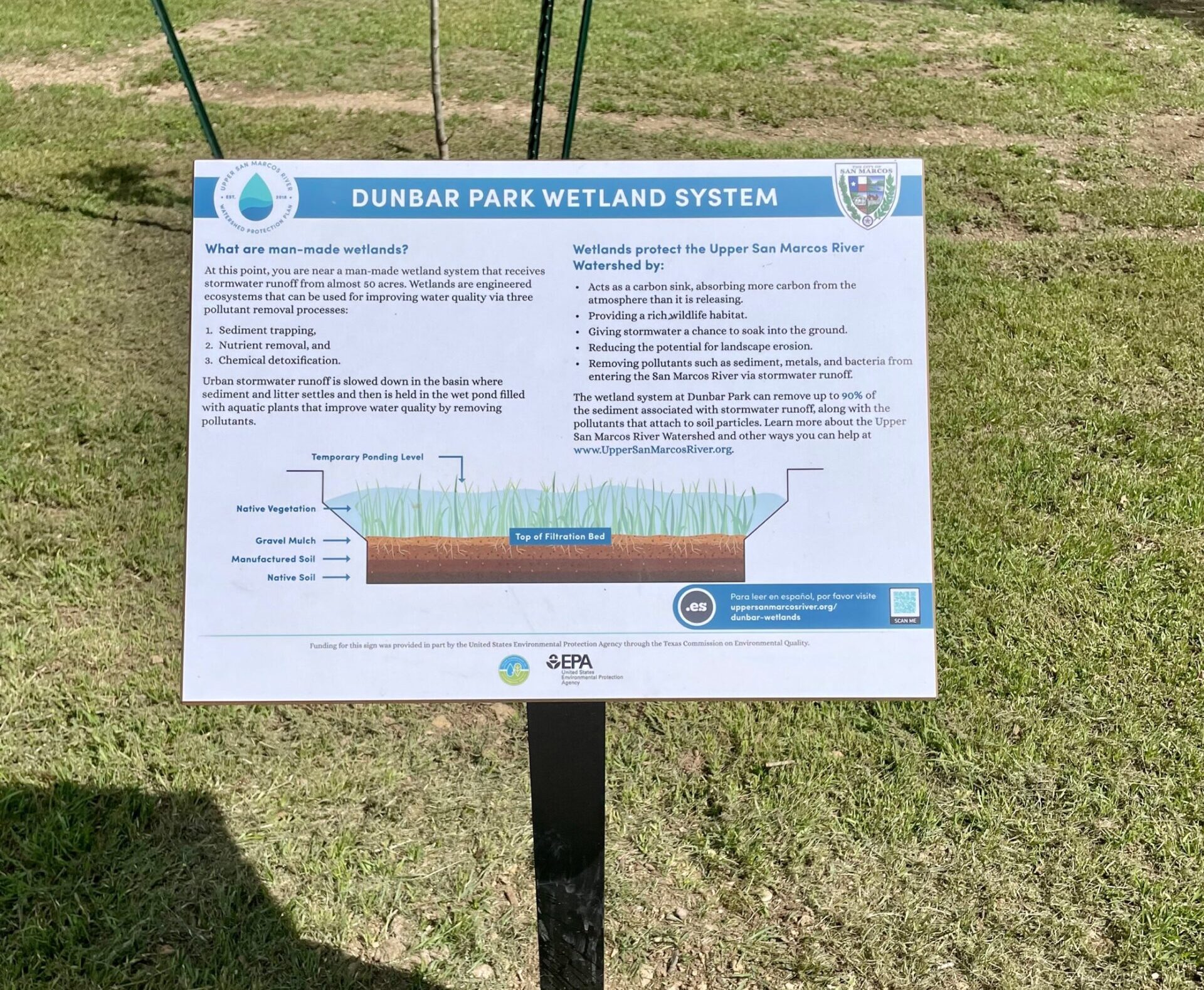Bringing Equity to a Neighborhood Through Better Flood Protection and Mobility
The American Public Works Association, Texas Chapter, named the Travis Street Drainage Improvements/ Hopkins Street Reconstruction a Project of the Year for 2023 in the Transportation, $5M-$25M, category.

The Dunbar neighborhood in San Marcos has a long cultural history but also a history of severe flooding and hampered access to the city’s downtown district. Recognizing the infrastructure needs and historical inequities, the City of San Marcos sought to improve public safety and enhance the quality of life for residents of Dunbar and adjacent neighborhoods.
Partnering with Freese and Nichols, the City achieved its goal by reconstructing Hopkins Street and improving drainage at the Travis Street Outfall. The project incorporates residents’ input into a design that enhances mobility and eases infrastructure strain in the rapidly growing city.
Developing Solutions
Hopkins Street is one of the original roadway corridors that helped establish present-day San Marcos. The roadway is a major artery connecting local and area residents to downtown businesses and schools, but it wasn’t pedestrian-friendly. The street also bisects historic districts and was the site of frequent roadway, property and structural flooding along with frequent utility line breaks.
The innovative engineering design included multiple features:
- 1,700 linear feet of a large box culvert and a bioretention pond
- 3,300 linear feet of new storm drain
- 4,000 linear feet of water and wastewater replacement and street reconstruction
The project team performed a detailed drainage analysis of the overall contributing area and developed a dynamic 2D model of the drainage system. The model also evaluates the need for further upstream systems that could be tied into the proposed system as funds become available. This helped to identify the extent of existing flooding conditions and assess the benefits of proposed improvement alternatives. Using temporary markings along Hopkins Street to test the roadway’s right-sizing helped visualize what the lane narrowing and traffic calming would look like and how the walkability would improve.
Engaging the Community
To build residents’ buy-in and participation in the design, the City held two public meetings: one during preliminary design and another during the final design phase. Equally important, the meetings were an opportunity to explain the project’s multi-phased approach to manage the expectations of the neighborhood. Showing the temporary markings helped provide real-world context in a way residents could easily understand.
At the first meeting, residents used comment boards to describe specific drainage or flooding problems they were experiencing. At the second public meeting, the team presented proposed alternatives for roadway improvements and gathered residents’ feedback on specific drainage or flooding problems on their properties, yards, streets and ditches. Those attending expressed enthusiasm about the design plans and anticipated construction.
Benefitting the Environment
The San Marcos River is home to at least five endangered species, and Purgatory Creek watershed outfalls less than a mile from the project site, so environmental protections were a key consideration. The design team led a collaborative effort to protect the endangered species, with the City, the San Marcos River Foundation and The Meadows Center all involved. Before this project, stormwater runoff from streets in the watershed entered Purgatory Creek and ultimately the San Marcos River with little or no water quality treatment. Now, manmade wetlands act as a treatment system to reduce the pollutants entering Purgatory Creek and the river. Since completion, the wetlands have attracted and supported a wide variety of local fauna, enhancing the environment and serving as an educational tool for the public’s understanding and positive interactions with nature.
Correcting Inadequate Infrastructure
San Marcos’ Dunbar neighborhood takes its name from the Dunbar School, which in turn was named after renowned African American author Paul Laurence Dunbar. The Dunbar School, which moved to the site that is now Dunbar Park in 1918, was the first public educational facility for African American children in San Marcos, operating from 1877 until the city’s schools were integrated in the 1960s. This area, along with the adjacent Victory Gardens neighborhood, had been historically underrepresented and economically distressed and in need of infrastructure investment.
With San Marcos leadership using capital improvement planning to address these long-term challenges in neighborhoods like Dunbar, projects like the Travis Street Drainage Improvements/Hopkins Street Reconstruction can change the lives for people at a personal level and enhance trust in local government while strengthening citywide infrastructure systems.




